Regulatory Support and Compliance
The Bioremediation Market is significantly influenced by regulatory frameworks that promote environmental protection and sustainability. Governments are enacting stringent regulations aimed at reducing pollution and restoring contaminated sites, which in turn drives demand for bioremediation solutions. For example, the implementation of the Resource Conservation and Recovery Act (RCRA) has established guidelines that encourage the use of bioremediation technologies. As a result, companies are increasingly seeking compliant methods to address environmental liabilities. The market is expected to benefit from these regulatory incentives, with estimates suggesting that compliance-driven projects could account for a substantial portion of the bioremediation market's growth in the coming years.
Investment in Research and Development
The Bioremediation Market is benefiting from increased investment in research and development aimed at enhancing bioremediation technologies. Academic institutions and private companies are collaborating to explore innovative approaches to tackle complex environmental challenges. This investment is fostering the development of new microbial strains and bioremediation techniques that can effectively address a wider range of contaminants. Data suggests that R&D spending in the bioremediation sector is projected to increase by approximately 20% over the next five years, reflecting a commitment to advancing the science of bioremediation. Such advancements could lead to more efficient and effective remediation processes, thereby expanding the market's potential.
Rising Industrialization and Urbanization
The Bioremediation Market is being propelled by the rapid pace of industrialization and urbanization, which often leads to increased environmental contamination. As industries expand and urban areas develop, the risk of soil and water pollution escalates, necessitating effective remediation strategies. The demand for bioremediation solutions is likely to rise as companies seek to mitigate their environmental impact and comply with regulatory standards. Recent statistics indicate that industrial sectors, particularly manufacturing and construction, are among the largest contributors to environmental degradation. Consequently, the bioremediation market is expected to grow in response to the urgent need for sustainable solutions to address pollution resulting from these activities.
Technological Advancements in Bioremediation
The Bioremediation Market is experiencing a surge in technological advancements that enhance the efficiency and effectiveness of remediation processes. Innovations such as bioaugmentation and biostimulation are being increasingly adopted, allowing for the targeted treatment of contaminated sites. For instance, the integration of genetic engineering in microbial strains has shown promise in degrading complex pollutants. According to recent data, the bioremediation technology segment is projected to grow at a compound annual growth rate of approximately 12% over the next five years. This growth is indicative of the industry's shift towards more sophisticated and tailored solutions, which could potentially lead to faster and more cost-effective remediation outcomes.
Increased Public Awareness and Demand for Sustainability
The Bioremediation Market is witnessing a notable increase in public awareness regarding environmental issues and the importance of sustainable practices. As communities become more informed about the detrimental effects of pollution, there is a growing demand for eco-friendly remediation solutions. This shift in consumer behavior is prompting industries to adopt bioremediation methods that align with sustainability goals. Market Research Future indicates that the demand for sustainable remediation technologies is expected to rise, with projections suggesting a potential increase in market size by 15% over the next decade. This trend reflects a broader societal movement towards environmental stewardship, which is likely to further propel the bioremediation market.


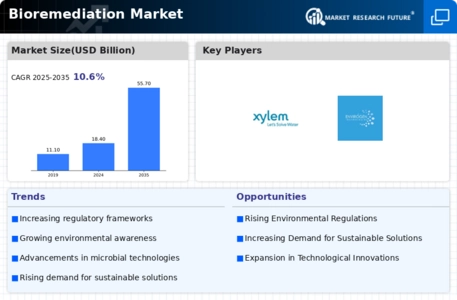
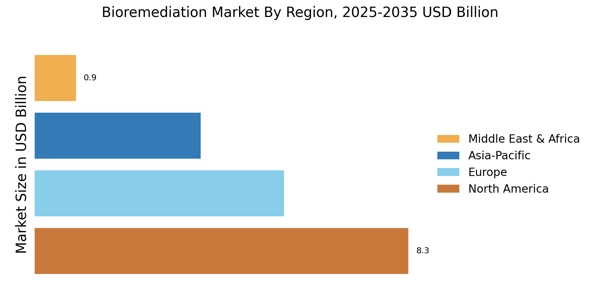
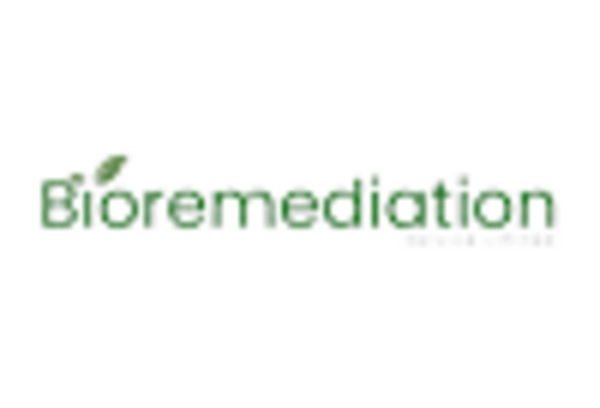
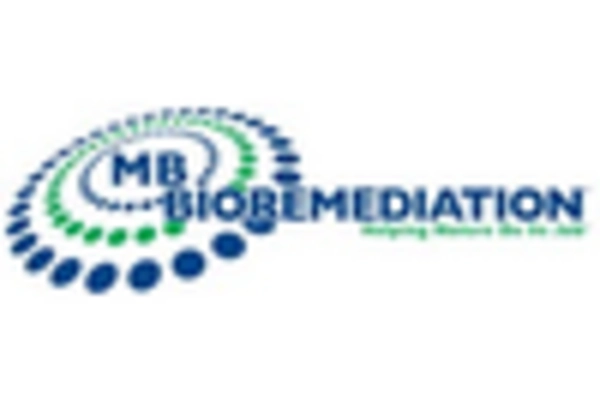
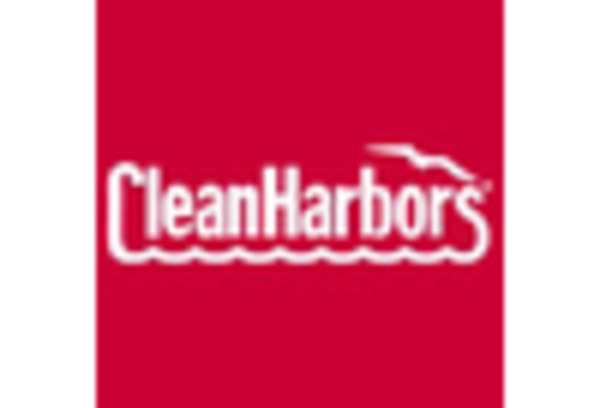
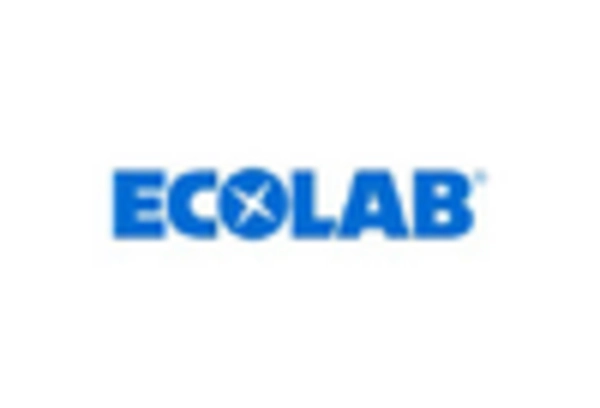
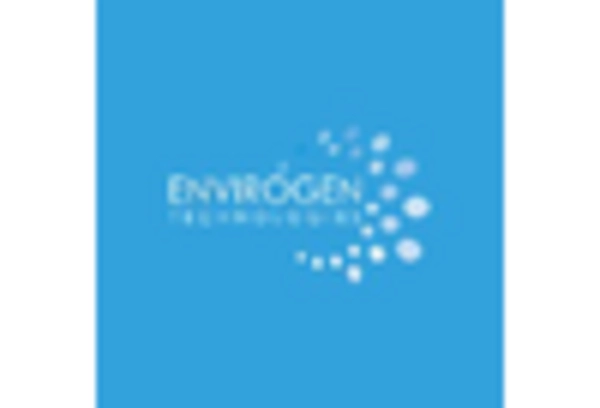
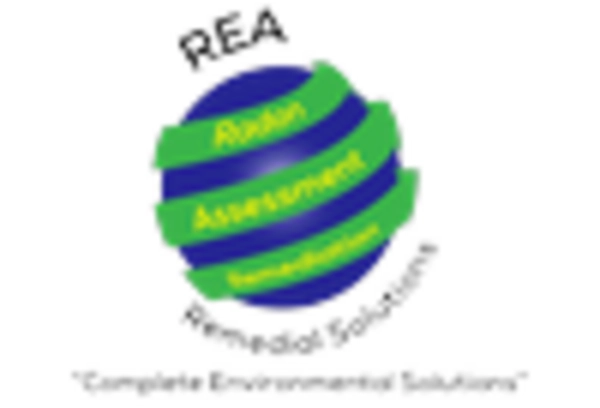








Leave a Comment